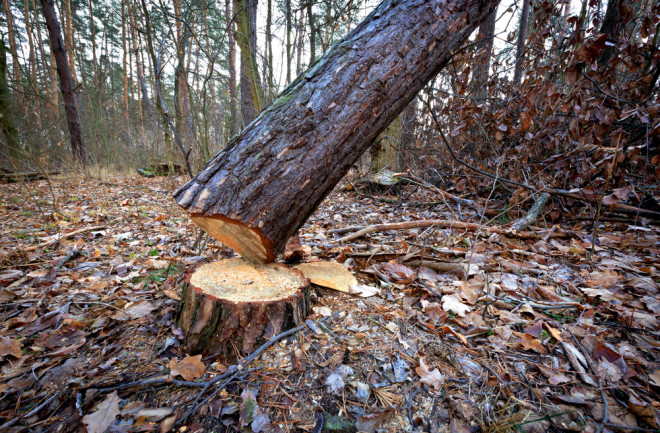Many things separate the kingdoms of animal and plant. One of them, we might suppose, is pain. Humans — along with all other nerve-endowed organisms — experience damage to their bodies as subjectively unpleasant. Plants are just as prone to injury, of course, and they respond to injury in their own way. But we feel the stabs and aches in a way they presumably don’t.
Lacking the brain and nervous system needed to conjure consciousness (not to mention nociceptors, the animalian cells that react to painful stimuli), our vegetal cousins endure munching insects and withering drought without a hint of suffering as we know it. Even clear-cutting of entire forests, as devastating as it is to the overall ecosystem, won’t bother an individual tree in the slightest. Weeding the garden is not botanical torture, and vegetarians can rest easy in the knowledge that their salads are cruelty-free.

